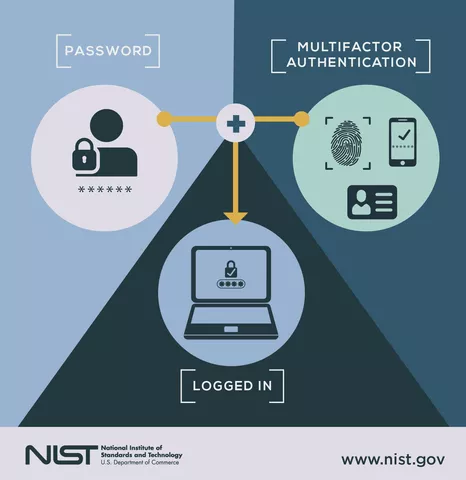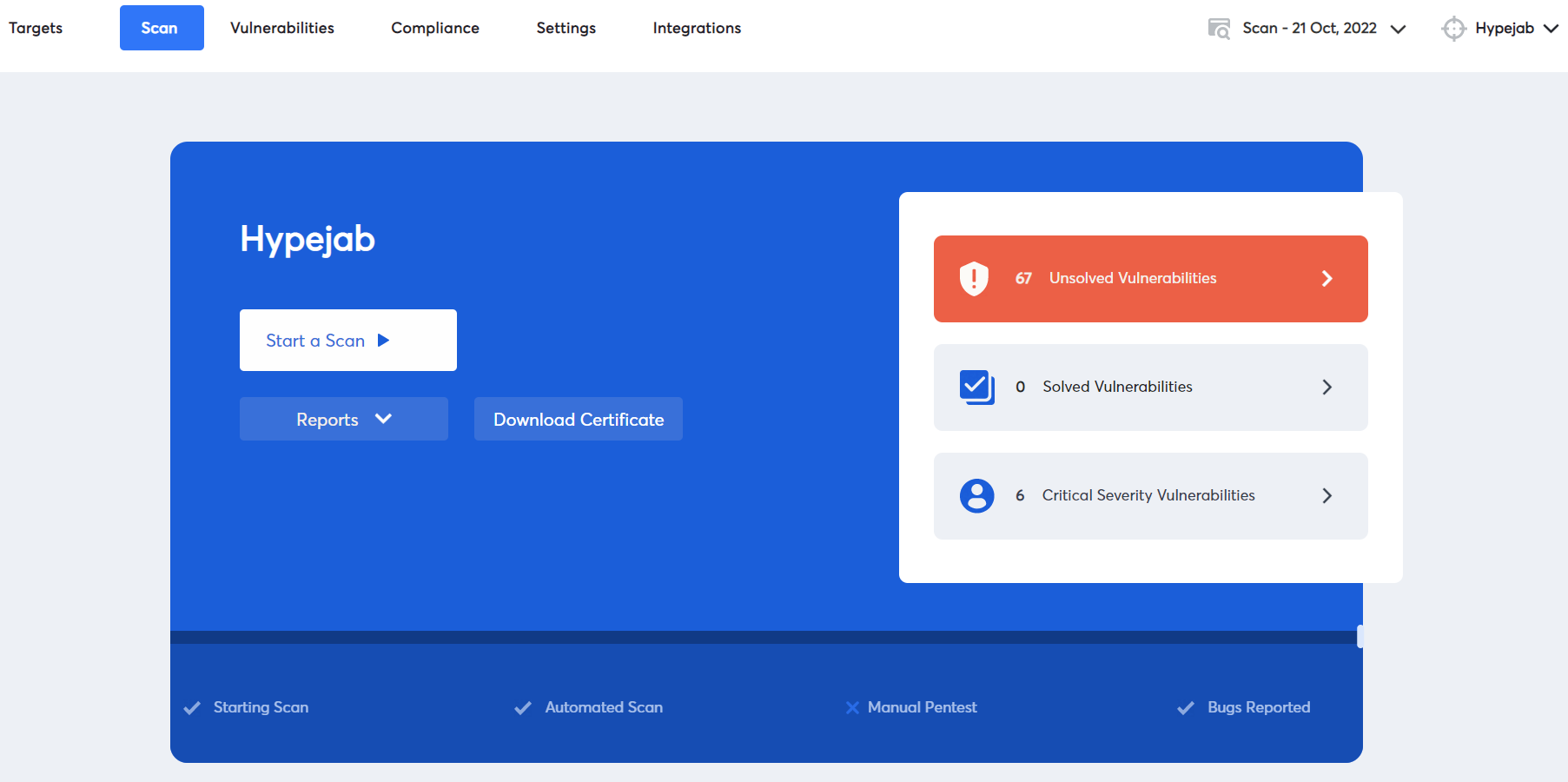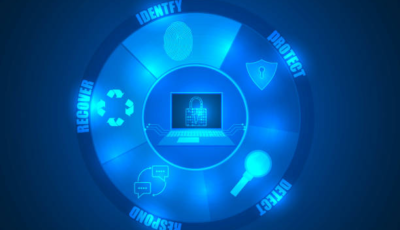Adherence to recognized frameworks and standards is vital in today’s rapidly shifting technological environment; adherence not only meets requirements but is an invaluable way to bolster security and ensure smooth operations. NIST is one of the go-to resources when it comes to information security standards. As professionals who navigate this sphere, adhering closely to these regulations equips us with the skills necessary for building resilient cybersecurity infrastructures.
Crawling into the depths of the NIST compliance checklist involves more than simply ticking boxes; rather, it requires an in-depth comprehension and smooth integration of prescribed protocols within our organizational processes.
As we embark upon this narrative journey of NIST compliance, our objective is to expose key components that comprise its framework – helping organizations build resilient defenses against potential security threats – along with knowledge that is integral in creating secure yet agile organizations for tomorrow.
Action Points
- Key NIST publications are SP 800-53 for security controls and guidelines, and SP 800-171 for safeguarding Controlled Unclassified Information (CUI) in non-federal systems.
- Preliminary steps cover system inventory and data categorization, while risk management addresses threat recognition, risk prioritization, and safeguards.
- Access control enforces user identification and authorization, whereas incident response includes policy creation and incident handling, and lastly, security assessment focuses on policy formulation, control testing, and vulnerability remediation.
Why is Astra Vulnerability Scanner the Best Scanner?
- Runs 8000+ tests with weekly updated scanner rules
- Scans behind the login page
- Scan results are vetted by security experts to ensure zero false positives
- Integrates with your CI/CD tools to help you establish DevSecOps
- A dynamic vulnerability management dashboard to manage, monitor, assign, and update vulnerabilities from one place.
- Helps you stay compliant with SOC2, ISO27001, PCI-DSS, HIPAA, etc.
- Integrates with Slack and Jira for better workflow management
- Trusted by the brands you trust like Agora, Spicejet, Muthoot, Dream11, etc.

Key NIST Compliance Checklist Publications
SP 800-53 is an important publication from NIST that contains an exhaustive catalog of security controls and guidelines intended to assist organizations in protecting their information systems. As a comprehensive resource, this publication delineates effective procedures and strategies to manage federal information systems effectively while adapting solutions according to impact levels on organizations.
As such, its relevance extends both for government agencies as well as private entities seeking to strengthen their security stance.
The Cybersecurity Framework offers organizations of varying types and scales a strategic framework comprised of industry standards and best practices that help manage and reduce cybersecurity risk. Built for flexibility, this approach allows coordinated response plans against any cyber incidents arising across an enterprise – making this tool invaluable in adapting security strategies to changing business and threat landscapes.
SP 800-171 focuses mainly on safeguarding Controlled Unclassified Information (CUI) within non-federal systems and organizations.
This publication provides guidelines that aid entities in fulfilling their duty to secure sensitive data transmission and storage to fulfill its duty to safeguard data that could have negative ramifications on organizational operations, assets, or individuals if compromised, serving as an invaluable NIST compliance checklist for organizations looking to strengthen protective measures surrounding sensitive information.
Why is Astra Vulnerability Scanner the Best Scanner?
- Runs 8000+ tests with weekly updated scanner rules
- Scans behind the login page
- Scan results are vetted by security experts to ensure zero false positives
- Integrates with your CI/CD tools to help you establish DevSecOps
- A dynamic vulnerability management dashboard to manage, monitor, assign, and update vulnerabilities from one place.
- Helps you stay compliant with SOC2, ISO27001, PCI-DSS, HIPAA, etc.
- Integrates with Slack and Jira for better workflow management
- Trusted by the brands you trust like Agora, Spicejet, Muthoot, Dream11, etc.

Preliminary Steps
Step 1: Create an Inventory of Systems
Before diving deep into NIST risk assessment, the first and foremost step should be creating an inventory of systems. This involves documenting all current information systems within your organization – hardware, software, and network resources.
A thorough system inventory helps identify vulnerabilities quickly while understanding which security measures must be put in place – an uncomplicated but crucial task that forms the cornerstone upon which subsequent steps are built.
Step 2: Identify Information Handled by an Organization
Step two in this endeavor involves the identification of information types handled by an organization, which involves categorizing data according to its sensitivity and level of protection required.
Understanding what types of data flow through networks helps prioritize security efforts efficiently by allocating resources where needed most – this approach not only eases adherence with NIST audit checklist but also serves as an essential guideline in protecting essential information.
Risk Management
Step 1: Recognize Threats and Vulnerabilities
Identification is the initial phase in Risk Management. This stage serves to recognize threats and vulnerabilities that might compromise an organization’s information systems through scanning of both physical and cyber environments for areas prone to risk – be they cyber, natural disasters, or internal vulnerabilities.
A successful identification process must be consistent over time in order to detect new risks immediately as they emerge.
Step 2: Analyze Risks
Following identification is analysis, during which risks identified during identification are carefully scrutinized for their potential ramifications on the assets and operations of organizations. By looking into probability and severity, organizations can prioritize risks according to severity, making informed strategies and allocating resources more efficiently toward meeting the most pressing concerns.
Step 3: Create Safeguards & Contingency Plans
Mitigation, the third step of this trifecta process, includes actionable plans designed to mitigate identified risks.
This requires creating safeguards and contingency plans designed to limit their potential damage in case realized risks materialize, devising strategies that not only defend an organization from threats but also enable rapid recovery following breaches; effective mitigation strategies allow for adjustments as risks shift or new ones emerge.
Access Control
Step 1: Leverage User Identification Protocols
Access Control requires stringent User Identification protocols in order to successfully manage access. This step ensures that every individual accessing the system can be identified for accountability and tracking capabilities, creating transparency with user activities while at the same time protecting against potential security breaches.
With multi-factor authentication being an invaluable way of stopping unauthorized entry to systems, this step provides vital protection in the NIST compliance checklist.

Step 2: Adopt Authorization and Access Management
Subsequently, we consider authorization and access management, which are intrinsically intertwined. This involves setting levels of access that specific users have within a system and delineating roles clearly to prevent data manipulation or access without authorization from authorized individuals – with access enforcement taking care to restrict or allow user activities based on permission given to them.
Thus, safeguarding critical data as well as system functionality from potential misuse or abuse by restricting or permitting activities based on given permissions based on granted permissions given from external parties unauthorized by lawful means.
Incident Response
Step 1: Craft an Action-Oriented Response Policy
An effective Incident Response strategy in cybersecurity is indispensable. At its heart is crafting an action-oriented Response Policy that sets forth how an incident should be approached and handled:
- Its creation serves as a blueprint, outlining roles and responsibilities during times of security breaches.
- It guides organizational response efforts so they limit damage while decreasing recovery times and costs.
- Ultimately having such an intentional policy will enable your organization to quickly maneuver through crisis moments while mitigating possible ramifications.
Step 2: Implement Detection Reporting & Analysis
Detection reporting and analysis play key roles in incident response. Deploying systems capable of quickly recognizing anomalies or security breaches allows swift action to contain threats immediately. Reporting and analysis is an approach geared toward documenting incidents and studying them to prevent repeat occurrences.
This step not only helps organizations comprehend the nature of an attack but also fosters a culture of learning and adaptation that uses insights gained to fortify themselves against future attacks. As part of an overall cycle of the NIST third-party compliance checklist, this helps build their organization’s resilience against cybersecurity threats in today’s ever-evolving environment.
Security Assessment
Step 1: Formulate Assessment Policies
Consistent Security Assessments are crucial in order to maintain an effective security posture. At the core of this process is formulating Assessment Policies, which outline methodologies and criteria used for evaluating the effectiveness of security measures implemented as well as identifying any gaps within a system’s security controls.
By having such policies clearly laid out, organizations can ensure assessments take place consistently while targeting key areas that pose potential vulnerabilities while meeting regulatory or compliance obligations.
Step 2: Test & Evaluate
Subsequently, we move on to Test and evaluation – this involves performing an intensive process where existing security controls and measures are put through rigorous evaluation using methods like penetration testing or security auditing to simulate potential threat scenarios to gauge the resilience of systems against any malicious attacks that might come their way.
Doing this proactively strengthens defenses before they become exploited by third-parties; ultimately this phase plays a vital role in maintaining an up-to-date security posture and adapting to the changing threats landscape.
Step 3: Take Remediation Actions
Remediation Actions mark the final phase in this process and comprise an essential step. Here, identified vulnerabilities are targeted and corrected with specific strategies implemented to bolster weak spots and preclude breaches from potential breaches, taking a proactive approach using insights gained during the assessment to enhance security infrastructure through updates to security protocols or patches to software vulnerabilities or increased training of end users.
By undertaking responsive remediation steps organizations can foster an environment responsive to emerging threats and challenges.
How can Astra Help With Your NIST 800-171 Compliance Checklist?
Astra is a leading SaaS company that specializes in providing innovative web security solutions. Our comprehensive suite of cybersecurity solutions blends automation and manual expertise to run 8000+ tests, NIST vulnerability scanning, and compliance checks, ensuring complete safety, irrespective of the threat and attack location.

With zero false positives, seamless tech stack integrations, and real-time expert support, we strive to make cybersecurity simple, effective, and hassle-free for thousands of websites & businesses worldwide.
Conclusion
As cyber threats proliferate rapidly, adhering to the NIST compliance checklist and protocols represents both caution and responsibility in today’s uncertain landscape. Through our journey together we’ve explored all essential pillars of compliance with this standard — from initial preparatory steps through risk management and access control – each element playing its part to promote an environment that not only secures sensitive data but fosters a culture of alertness and proactive response.
As is evident from our discussion above, attaining NIST compliance checklist requires both structure and flexibility for optimal success. Following NIST publications for guidance can serve as an ideal blueprint for strengthening an organization’s cybersecurity stance – embarking upon this path isn’t simply about compliance but instead creating an operational landscape where both security and efficiency work hand-in-hand to foster resilient, robust operations within any organization.
FAQs
What are the 5 standards of NIST?
The National Institute of Standards and Technology (NIST) has established various standards, but five key ones are:
1. NIST SP 800-53: Provides guidelines for securing information systems and managing risks.
2. NIST SP 800-61: Offers guidance on computer security incident handling.
3. NIST SP 800-171: Focuses on protecting Controlled Unclassified Information (CUI).
4. NIST SP 800-34: Addresses the process of contingency planning.
5. NIST SP 800-30: Provides a framework for managing information security risk.
What are the 5 pillars of NIST?
NIST’s five pillars for improving cybersecurity in critical infrastructure are: Identify, Protect, Detect, Respond, and Recover. These pillars cover asset management, safeguarding, continuous monitoring, incident response, and recovery planning to bolster cybersecurity resilience.
















